Watch ‘complications’ are a complicated affair as timekeeping was never about simply telling time.
The birth of the mainspring in the sixteenth century was horlogerie’s big bang – setting the industry’s leading minds and machines into motion. The humble two-handed watch dial turned from an everyday tool of timekeeping utility to an unstoppable vehicle of mechanical innovation, artistic storytelling, and a canvas for maestro micro-engineering. Today, right from worldtimers to perpetual calendars, and tourbillons to modest day-dates, these intricate mechanisms come in all sorts. For watchmakers across the globe, these ‘complications’ serve as paeans of their in-house, technical brilliance – commanding market value in its own right.
Simply put, a watch ‘complication’ is a function/feature offered by a movement in addition to its primary function of timekeeping. While some watch complications aren’t too complex, like the chronograph, date/date window or moon-phase indicator, others like perpetual calendars or tourbillons are simply wonders of mechanical intrigue. As the complexity of a watch’s complications increases, so does its perceived value. The apex in this affair is a grand complication – which combines multiple intricate complications. The Ref. 57260 by Vacheron Constantin is an example of such – revered as the most complicated timepiece in existence, housing a staggering 57 complications. In 2015, Forbes estimated this novelty at upwards of $8 million.
To help you better understand watchmaking’s finest complications, we’ve listed them down below – highlighting what makes them unique and allows them to drive value as investments.
Tourbillon
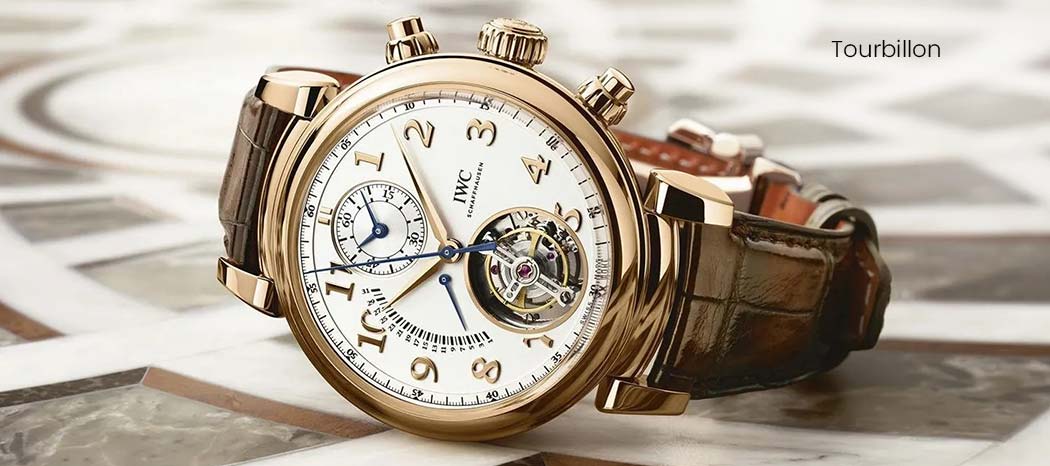
Invented by Monsieur Abraham-Louis Breguet and Englishman, John Arnold in the late 1700s, a breakthrough regulator dubbed the ‘tourbillon’ was fine watchmaking’s newest technological obsession. In French, tourbillon means whirlwind, but in watchmaking, it signifies a hypnotic mechanical dance. Its job was to counteract the effects of gravity on timekeeping accuracy. Bringing order to chaos in the movement, it rotates the entire escapement (balance wheel, hairspring, and pallet fork) in perpetual motion. As the escapement whirls gracefully and delicately within its cage, watch collectors are captivated by the sheer technical complexity and the mesmerizing ballet unfolding on the dial.
Perpetual Calendars
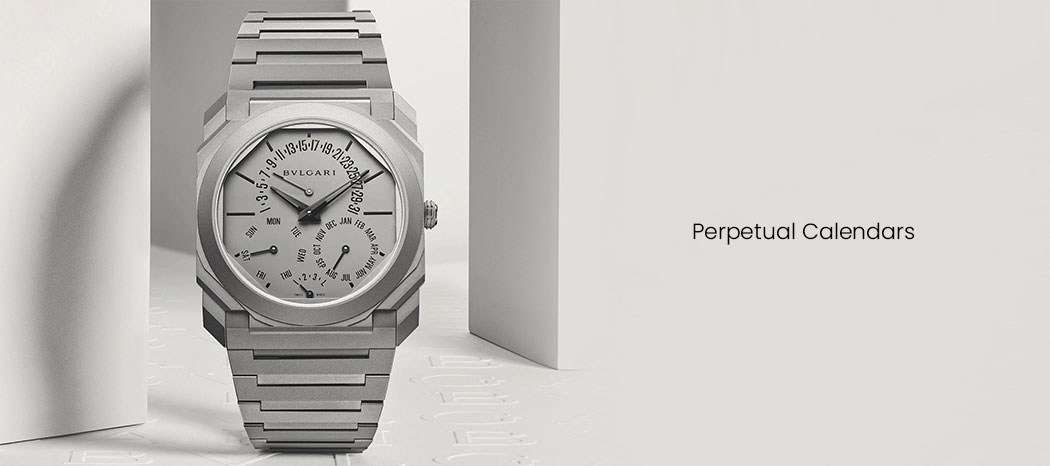
Vacheron Constantin, A. Lange & Söhne, Audemars Piguet, and many more marque maisons throw their names into the hat patenting their Perpetual Calendar models, but Patek Philippe is revered as the Rolls-Royces of the league. Coming in unique combinations of sub-dials, windows, and indicators, Perpetual Calendars mark day, date, and month, including leap years, without requiring any manual adjustments from the wearer. It even takes the irregularities of the Gregorian calendar into account; however, all perpetual calendars will need a hard reset on March 1st, 2100.
Grande Sonneries & Minute Repeaters
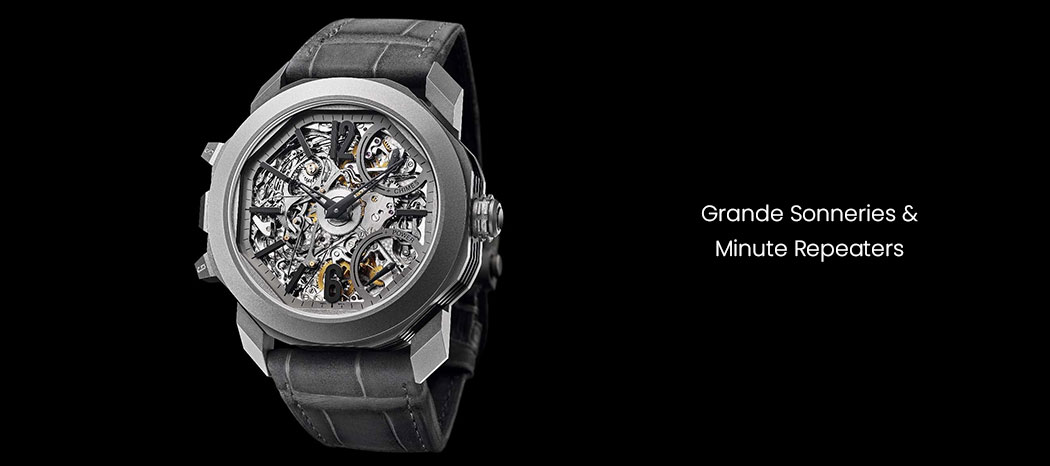
Two complications that boast a near-mythical status amongst the master watchmakers of Switzerland. Whose mechanically angelic tunes are utterly serene yet two of watchmaking’s most notoriously complex and frustrating-to-construct complications. Chiming watches or grande sonneries chime hours and quarters automatically in sequence, requiring no activation by the wearer. On the other hand, minute repeaters require so. The chimes are produced by a series of hammers striking a set of hammers, gongs or bells within the watch movement. While standard models use one or two hammers, higher-end grande sonnerie/minute repeaters house three or more hammers striking multiple gongs. The shape, material, weight, and hardness of these components, as well as their precise tuning, are integral factors in producing the desired sound quality. It can take a watchmaker upwards of 300 hours to assemble and tune its movement.
World Timers
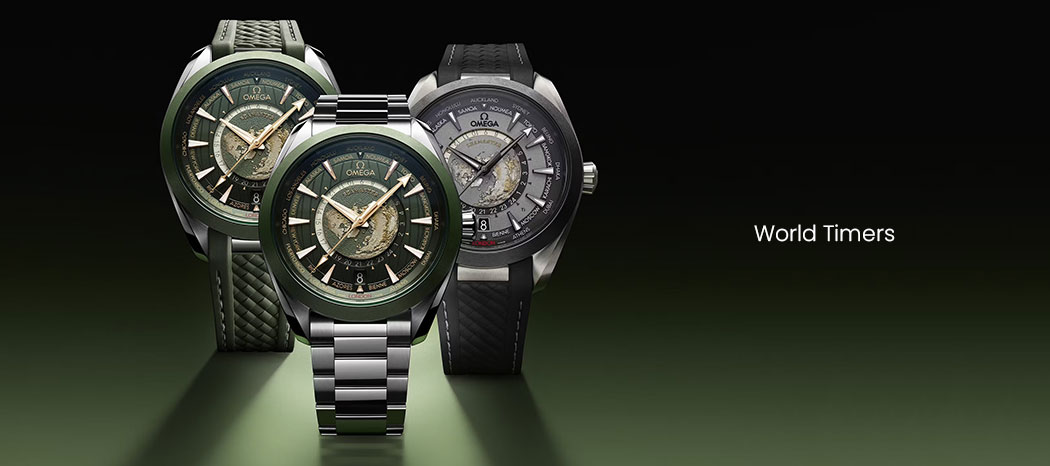
Imagine being able to read time from 24 timezones/cities from a single timepiece instantly, with just the press of a button. World Timers are masterful tools of utility and one of watchmaking’s most sought-after complications. The key to its functionality lies in two factors – At the centre of the dial, rests a 24-hour ring that indicates the ‘home’ timezone. Surrounding this, is a rotating bezel/inner dial that’s decorated with markers of names of major cities, each representing a different timezone. This allows World Timers to materialize the intersection between technical brilliance and utility, serving as an indispensable horological tool for the geographically capricious and anyone who needs to stay connected with people in different parts of the world.
Grand Complication
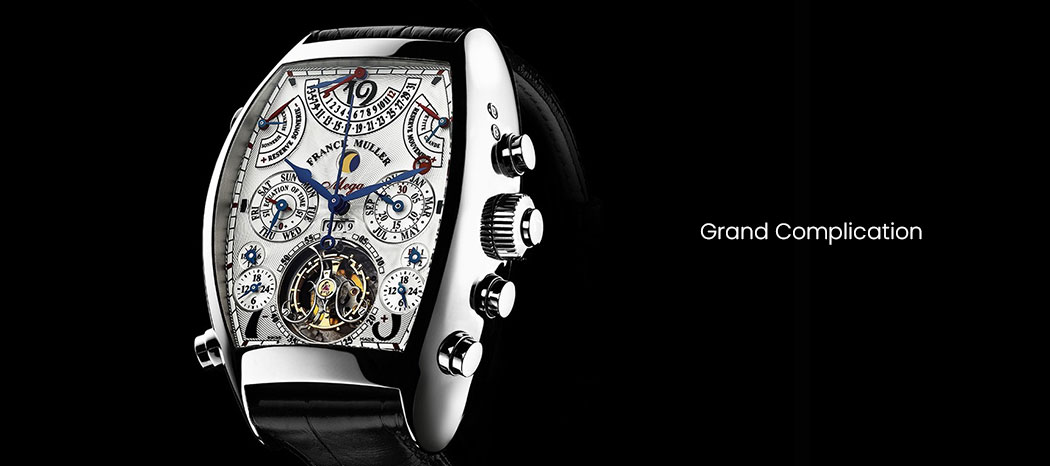
To put things into scale – on average, a Quartz consists of 50-100 parts – a typical chronograph watch requires around 150 parts – luxury watches house between 250-350 parts – but a Grand Complication timepiece comprises upwards of 600 parts, sometimes even thousands. These timepieces represent the absolute pinnacle of mechanical poetry in watchmaking, combining long lists of ultra-high complications into standard dimensions. At its heart, an intricate, marvellous movement which took years (sometimes a decade even) to develop. It boasts a combination of complications such as a perpetual calendar, minute repeater, chronograph, and tourbillon, among others. Patek Philippe, Vacheron Constantin, and A. Lange & Söhne are at the forefront of this exceptional horlogerie stride. Due to its staggering technical complexity and artistic mechanical prowess, these novelties demand hefty price tags while also being ultra-exclusive.




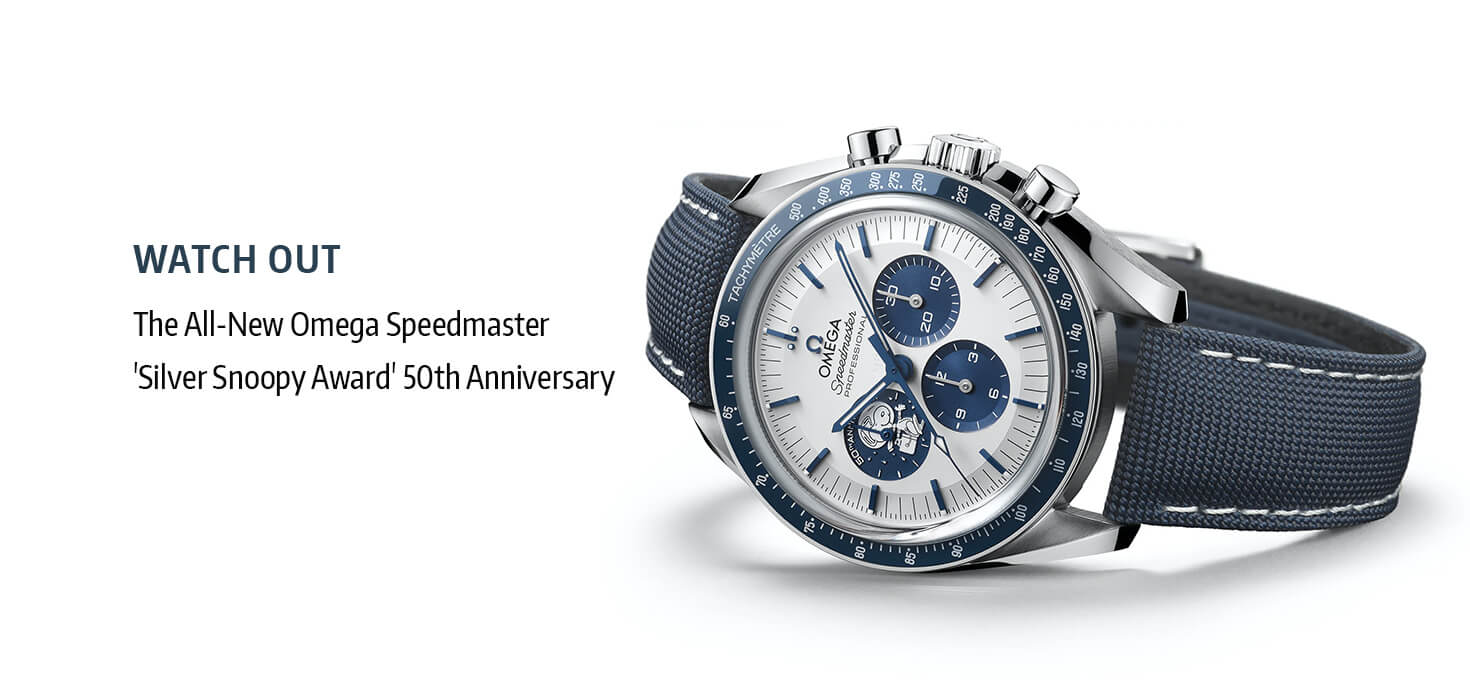
Recent Posts
Recent Comments
Archives